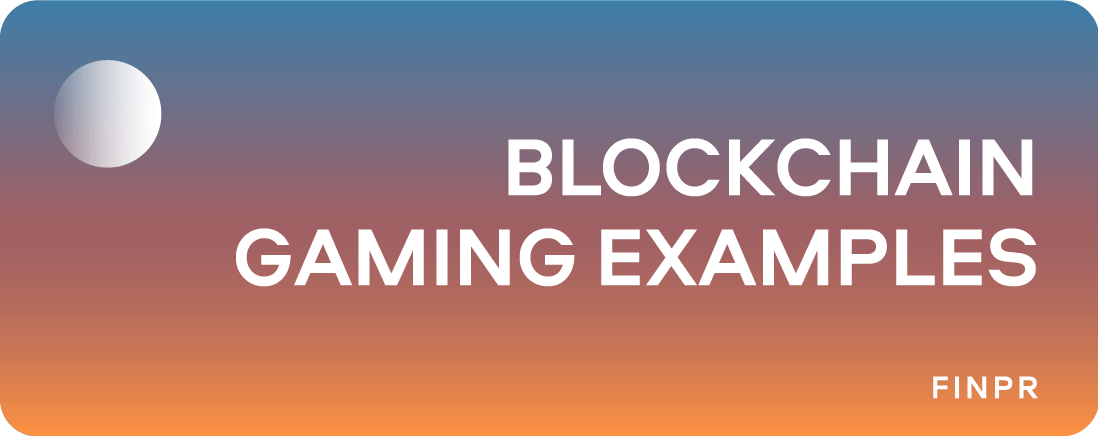
Unlike traditional games, where in-game items are controlled by the developers, blockchain games empower players with true ownership of their assets through NFTs and decentralized systems. This innovation has led to the rise of play-to-earn (P2E) models, where players can earn real-world value while enjoying their favorite games.
In this article, we’ll explore some of the most notable examples of blockchain games and how they’re reshaping the gaming landscape.
The Growing Popularity of Blockchain Games
Blockchain games have seen a meteoric rise in popularity, driven by their unique ability to combine entertainment with financial incentives. As players seek more meaningful and rewarding gaming experiences, blockchain technology is transforming the industry by offering innovative solutions that go beyond traditional gaming.
1. Explosive Market Growth
- The blockchain gaming market has experienced significant expansion, with billions of dollars in investments from both venture capitalists and gaming companies.
- Reports highlight a surge in the number of blockchain games, with thousands of titles now available, catering to diverse genres such as role-playing, trading card games, and metaverse-based experiences.
- Revenue from blockchain gaming, particularly through NFTs and cryptocurrencies, has skyrocketed, making it one of the fastest-growing sectors in the blockchain industry.
2. Appeal to Gamers
- True Ownership: Unlike traditional games, blockchain games empower players to own, trade, and monetize their in-game assets.
- Play-to-Earn (P2E): This model has created economic opportunities, particularly in regions where players can supplement their incomes by participating in blockchain games.
- Interoperability: Players enjoy the ability to use their assets across multiple games or platforms, adding value and versatility to their investments.
3. Community and Decentralization
- Blockchain games thrive on community engagement, allowing players to participate in governance decisions and economic developments within the game.
- Decentralized Autonomous Organizations (DAOs) have become a key feature, giving players a say in game updates, mechanics, and future developments.
4. Integration with Emerging Technologies
- The integration of blockchain with cutting-edge technologies like the metaverse and virtual reality (VR) has expanded the possibilities for immersive and interconnected gaming experiences.
- Blockchain games are now often at the forefront of the metaverse movement, where players can create, explore, and monetize virtual worlds.
5. Celebrity and Corporate Endorsements
- High-profile celebrities and mainstream companies have entered the blockchain gaming space, boosting its credibility and visibility.
- Partnerships between blockchain gaming platforms and established brands have led to unique collaborations, such as branded NFTs and in-game events
- Successful NFT game marketing strategies play a crucial role in attracting players and building vibrant communities around blockchain games, leveraging the unique appeal of tokenized assets and play-to-earn models.
6. Challenges Turning Into Opportunities
- While scalability, regulation, and environmental concerns have posed challenges, these issues have fueled innovation. Projects are now focused on more sustainable solutions, such as proof-of-stake blockchains and layer-2 technologies, which further enhance the appeal of blockchain gaming.
Examples of Popular Blockchain Games
1. Axie Infinity
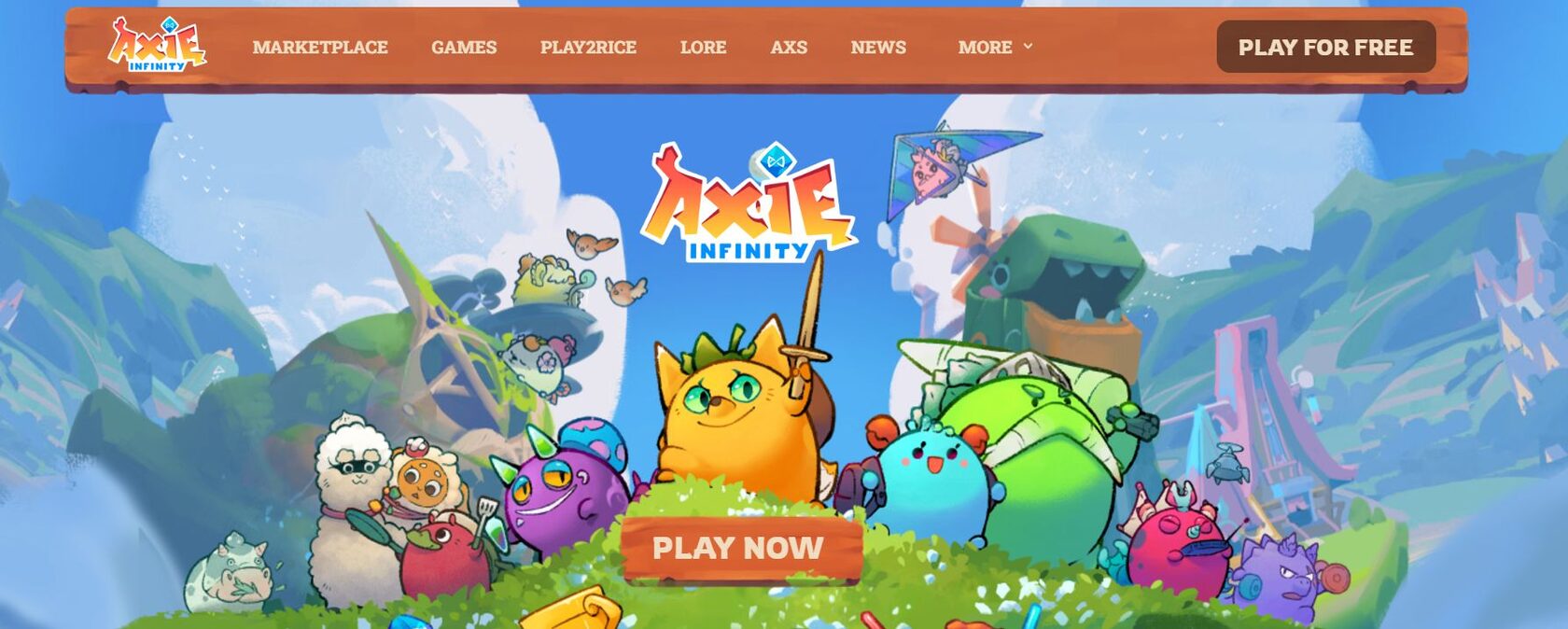
Axie Infinity is a pioneering blockchain-based game developed by Sky Mavis, where players collect, breed, and battle fantasy creatures called Axies. Each Axie is a NFT with distinct attributes, making them unique digital assets that players can own and trade. The game's play-to-earn model allows players to earn Smooth Love Potion (SLP) tokens through gameplay, which can be exchanged for other cryptocurrencies, providing real-world value.
The game's popularity surged, especially in developing countries, as it offered an alternative income source during economic downturns. At its peak, Axie Infinity had over a million daily active users, highlighting the potential of blockchain gaming to create new economic opportunities. However, the game faced challenges, including a significant security breach in 2022, leading to a loss of approximately $600 million. Despite this setback, Axie Infinity has continued to evolve, implementing security enhancements and expanding its ecosystem.
What the game offers:
- Play-to-Earn Mechanics: Earn cryptocurrency through in-game activities.
- Unique Digital Ownership: Each Axie is a distinct NFT that players fully own.
- Active Marketplace: Buy, sell, and trade Axies and in-game items.
- Community Engagement: A vibrant community with tournaments and events.
2. The Sandbox
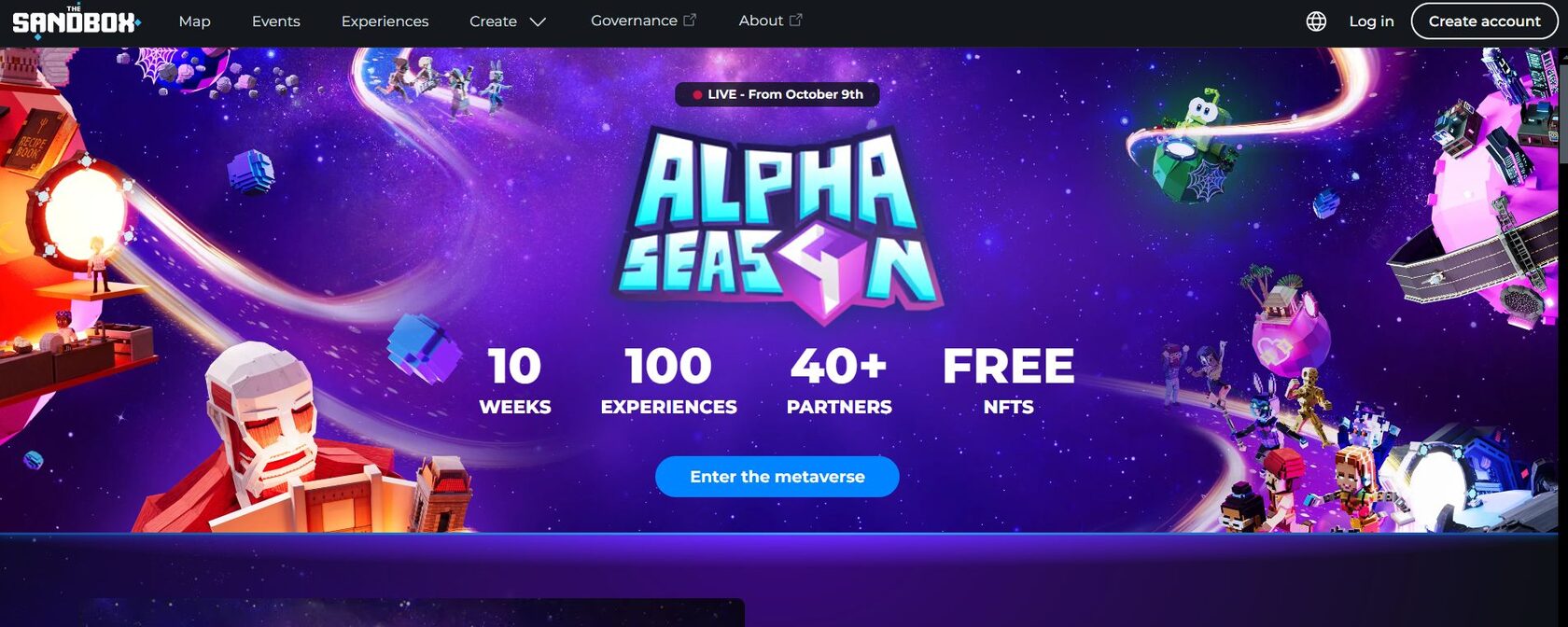
The Sandbox is a virtual metaverse where players can create, own, and monetize their gaming experiences using blockchain and NFTs. Players purchase virtual land, known as LAND, and build various experiences, from games to art galleries, which can be monetized. The platform utilizes its native token, SAND, for transactions and governance, fostering a decentralized community-driven ecosystem.
The Sandbox has attracted partnerships with major brands and celebrities, including Atari and Snoop Dogg, enhancing its appeal and expanding its user base. Its user-generated content approach empowers creators to develop and share their creations, contributing to a diverse and dynamic virtual world. The platform's integration of blockchain ensures that creators have true ownership of their digital assets, which can be traded or sold in the marketplace.
What the game offers:
- Virtual Land Ownership: Purchase and develop virtual real estate.
- User-Generated Content: Tools to create and share custom experiences.
- Monetization Opportunities: Earn from creations and participation.
- Collaborations: Partnerships with well-known brands and artists.
3. Gods Unchained
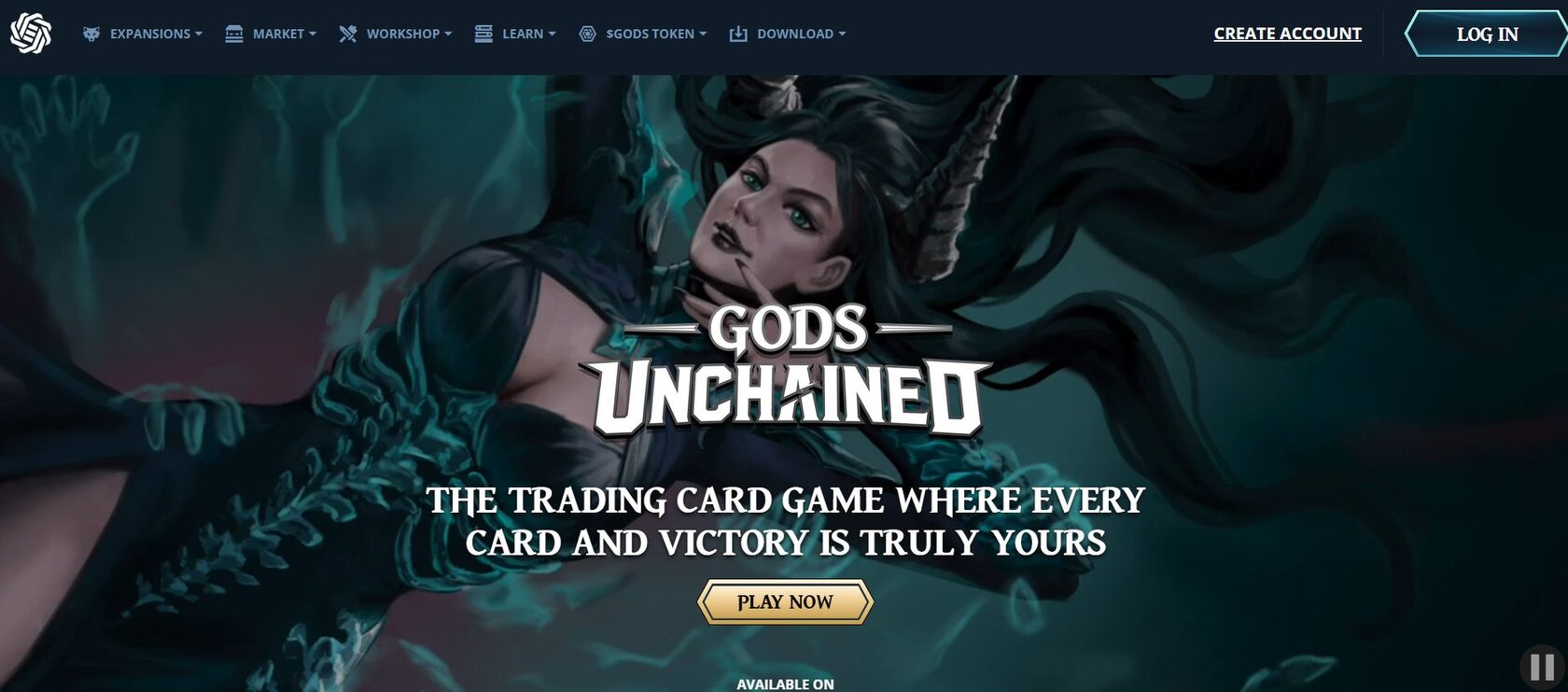
Gods Unchained is a free-to-play digital trading card game that leverages blockchain technology to provide players with true ownership of their in-game cards. Developed by Immutable, each card is an NFT that can be traded on secondary markets, giving players control over their collections. The game combines strategic gameplay with a robust card economy, appealing to both competitive players and collectors.
The game has been recognized for its high-quality graphics and engaging mechanics, drawing comparisons to traditional trading card games like Magic: The Gathering. Gods Unchained has also made strides in accessibility, launching on multiple platforms and integrating with various blockchain wallets to streamline the user experience. Its play-to-earn elements allow players to earn rewards through gameplay, which can be converted into real-world value.
What the game offers:
- True Card Ownership: Cards as tradable NFTs.
- Strategic Gameplay: Deep mechanics appealing to TCG enthusiasts.
- Earnings Through Play: Opportunities to earn valuable cards and tokens.
- Cross-Platform Access: Available on multiple devices for wider reach.
4. Decentraland
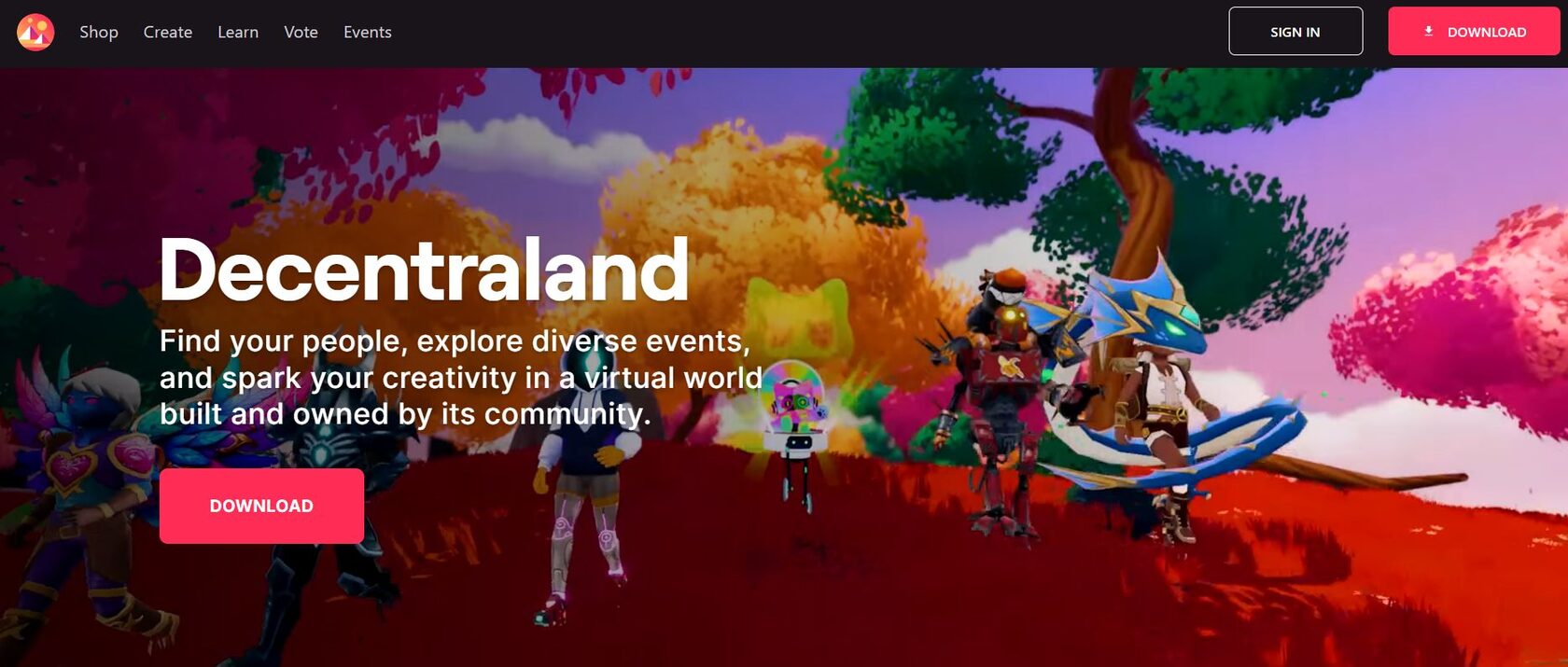
Decentraland is a decentralized virtual world built on the Ethereum blockchain, where users can create, explore, and trade virtual assets. Players purchase parcels of virtual land, develop them with various content, and monetize their creations. The platform uses its native token, MANA, for transactions within its economy, including land purchases and virtual goods.
The platform has hosted various events, including virtual art shows, music festivals, and conferences, showcasing the versatility of virtual spaces. Decentraland's decentralized governance model allows users to participate in decision-making processes, influencing the platform's development and policies. This community-driven approach fosters a collaborative environment where users can shape the virtual world.
What the game offers:
- Virtual Real Estate: Own and develop parcels of land.
- Creative Freedom: Build diverse experiences, from games to virtual shops.
- Monetization: Earn income through developed content and services.
- Decentralized Governance: Influence platform decisions via a DAO.
5. CryptoKitties
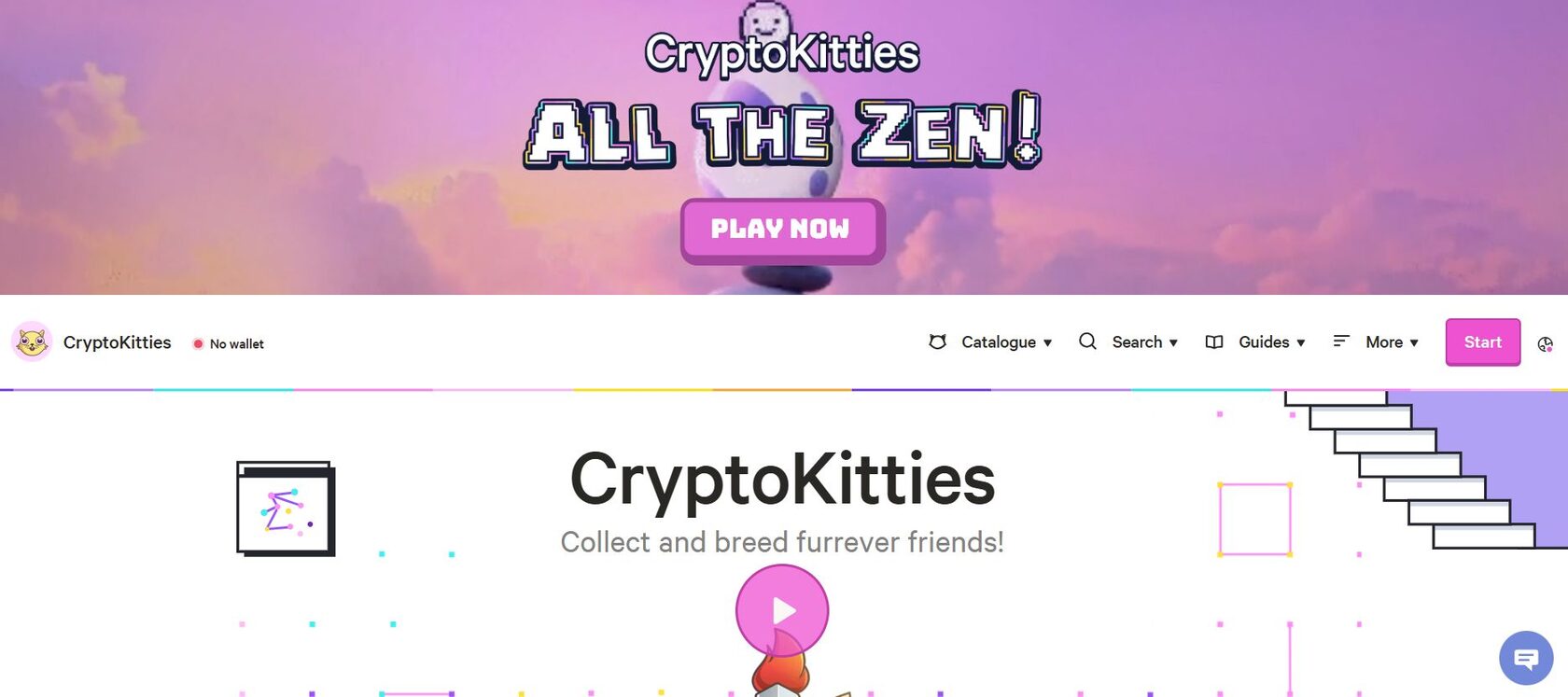
CryptoKitties, developed by Dapper Labs, is one of the earliest blockchain games that popularized the concept of NFTs. Launched in 2017, it allows players to collect, breed, and trade virtual cats, each with unique attributes and genetics. The game's simple yet engaging mechanics introduced many to blockchain technology and digital ownership.
At its peak, CryptoKitties accounted for a significant portion of Ethereum's network traffic, highlighting both the potential and scalability challenges of blockchain gaming. The game's success paved the way for future NFT projects and demonstrated the viability of digital collectibles, influencing the development of the broader NFT market.
What the game offers:
- Digital Collectibles: Unique, breedable virtual cats as NFTs.
- Genetic Algorithm: Breeding mechanics producing diverse offspring.
- Marketplace: Active trading community for buying and selling CryptoKitties.
- Historical Significance: Pioneer in blockchain gaming and NFTs.
6. Splinterlands
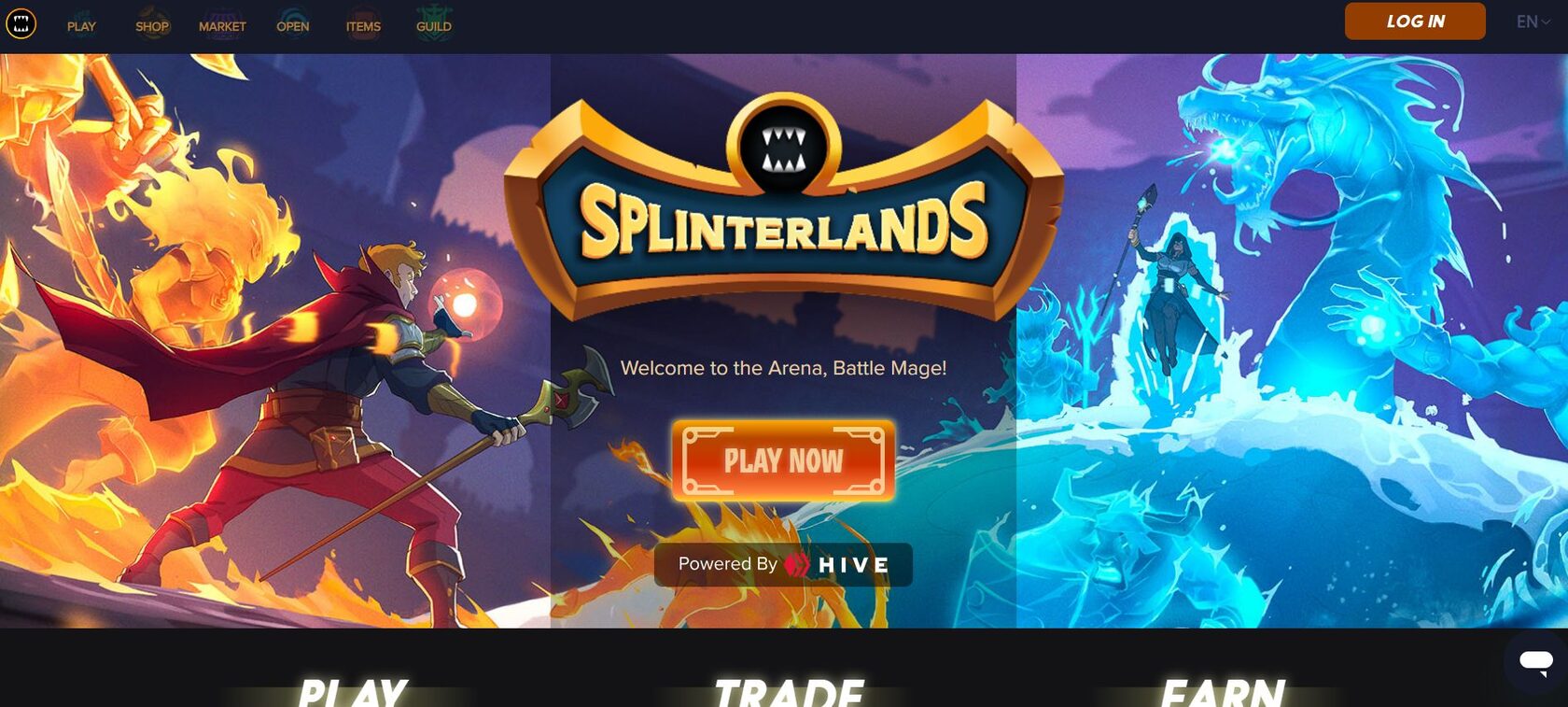
Splinterlands is a digital collectible card game that operates on the Hive blockchain, offering players the opportunity to own, trade, and battle with unique NFT-based cards. The game emphasizes strategic deck-building and competitive play, with each card representing a distinct creature or spell, each with its own abilities and attributes. Players engage in battles to earn rewards, including the game's native token, Dark Energy Crystals (DEC), and other valuable cards.
The game's decentralized nature ensures that players have true ownership of their cards, which can be bought, sold, or leased on various marketplaces. Splinterlands has garnered a dedicated community and has hosted numerous tournaments, offering substantial prize pools and fostering a competitive environment. Its cross-compatibility with multiple blockchains, including Ethereum and Binance Smart Chain, enhances accessibility and broadens its user base.
What the game offers:
- Strategic Gameplay: Requires tactical deck-building and combat strategies.
- True Asset Ownership: Cards are NFTs that players can trade or lease.
- Play-to-Earn Mechanics: Earn DEC tokens and rare cards through gameplay.
- Cross-Blockchain Compatibility: Interoperable with multiple blockchain platforms.
7. Illuvium
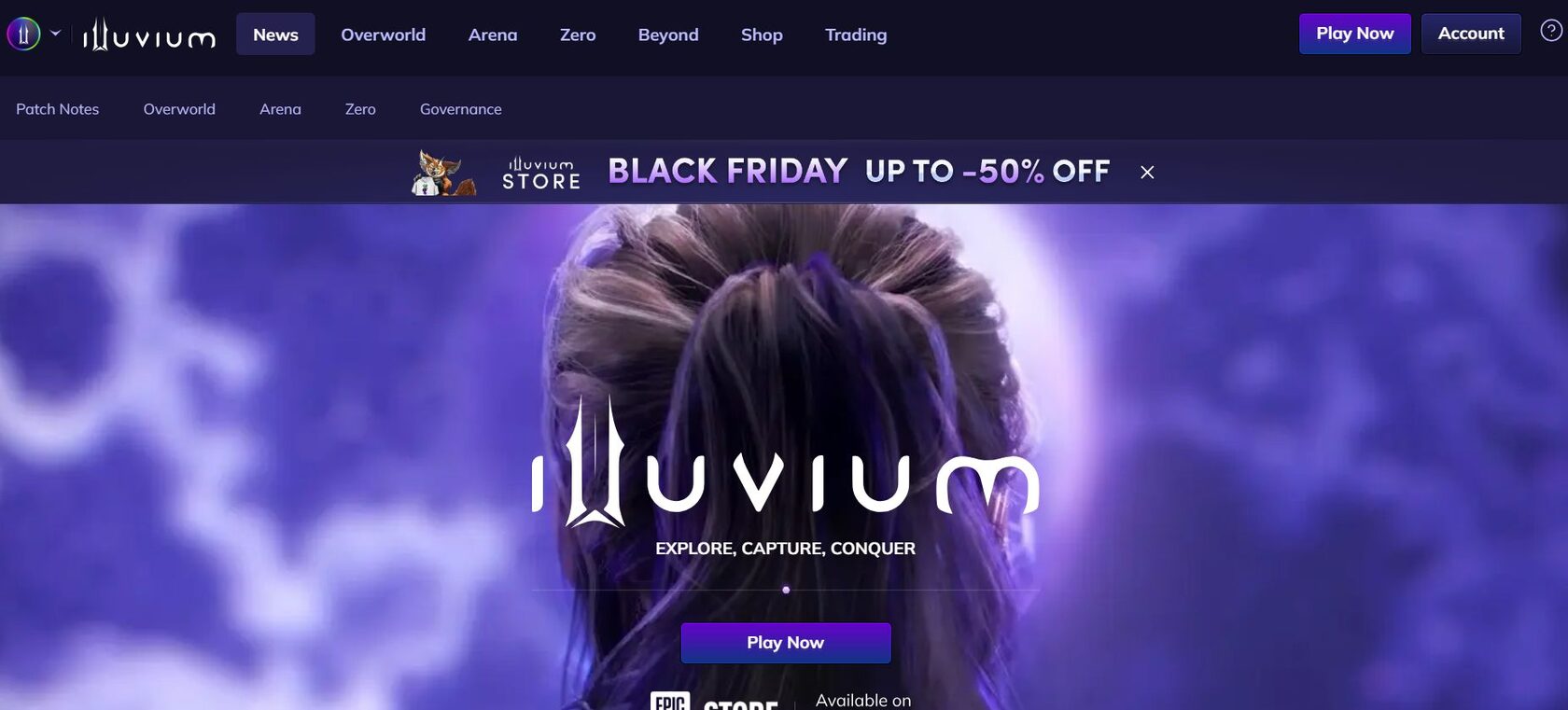
Illuvium is an open-world RPG that combines exploration and creature collection within a decentralized framework. Set in a visually stunning alien landscape, players hunt and capture deity-like creatures known as Illuvials, each possessing unique abilities and classifications. These Illuvials are represented as NFTs, allowing players to own, trade, and utilize them in battles.
The game integrates a play-to-earn model, enabling players to earn ILV tokens through various in-game activities, including battles, tournaments, and completing quests. Illuvium's high production values and engaging gameplay have positioned it as a flagship title in the blockchain gaming sector, attracting significant attention from both gamers and investors.
What the game offers:
- Open-World Exploration: Discover diverse regions and environments.
- Creature Collection: Capture and train a variety of Illuvials.
- Play-to-Earn Opportunities: Earn ILV tokens through gameplay achievements.
- High-Quality Graphics: AAA-level visuals and immersive design.
The Method Behind Our Top Picks
We wanted to make sure every game we included truly deserves your attention. Here is a breakdown of what we were looking for.
Key Features of Blockchain Gaming
Blockchain gaming stands out from traditional gaming due to its innovative features that enhance player experience, ownership, and engagement. These features not only redefine the way games are played but also create new economic opportunities and community-driven ecosystems.
1. Tokenized In-Game Assets
- NFTs: In-game items such as characters, weapons, skins, and virtual land are represented as NFTs on the blockchain. Each NFT is unique and verifiable, allowing players to truly own and trade their assets.
Example: Axie Infinity allows players to own and trade Axie creatures as NFTs.
- Interoperability: Tokenized assets can often be used across multiple games or platforms, offering players flexibility and enhanced value.
Example: A sword acquired in one game could be transferred to another game within the same ecosystem.
2. Play-to-Earn (P2E) Mechanics
- Players earn cryptocurrency or other digital assets by completing in-game tasks, winning battles, or selling items.
- P2E games have created financial opportunities for players, particularly in developing countries where gaming income can be significant.
- Example: Gods Unchained allows players to earn tradable NFT cards by competing in matches.
3. Decentralized Economies
- Player-Driven Markets: Blockchain games empower players to trade in-game items directly with one another on decentralized marketplaces, bypassing traditional intermediaries.
Example: The Sandbox enables players to buy, sell, and trade virtual land and assets using the SAND token.
- Smart Contracts: Transactions within the game are managed by smart contracts, ensuring security, transparency, and automation.
4. Ownership and Permanence
- True Ownership: Players maintain full ownership of their in-game assets, even if the game’s servers shut down or the developer goes out of business. Blockchain’s immutability ensures that assets and records are secure and tamper-proof.
- Resale and Monetization: Players can monetize their gaming achievements by selling NFTs or other earned assets on secondary markets.
5. Decentralized Governance
- Community Involvement: Many blockchain games adopt Decentralized Autonomous Organizations (DAOs), enabling players to vote on game updates, policies, and economic decisions.
Example: Decentraland allows landowners to vote on platform governance using MANA tokens.
- Shared Control: Players and developers collaborate to shape the future of the game, fostering a sense of community and shared purpose.
6. Transparency and Security
- Immutable Data: Game progress, item ownership, and transactions are recorded on the blockchain, ensuring they are transparent and cannot be altered or deleted.
- Secure Transactions: Blockchain eliminates the risk of fraud or hacking during in-game purchases and trades, providing a safe environment for players.
7. Enhanced Interactivity Through Metaverse Integration
- Blockchain gaming often extends into the metaverse, allowing players to interact with virtual worlds that blend gaming, social networking, and commerce.
- Example: Decentraland and The Sandbox enable players to own virtual land, host events, and monetize their creations.
8. Sustainability Innovations
- As blockchain technology evolves, many games are adopting eco-friendly solutions like proof-of-stake (PoS) systems to reduce their environmental impact.
- Example: Games on blockchains like Solana or Polygon leverage energy-efficient protocols.
Summing Up
Blockchain games are breaking barriers between entertainment and financial empowerment. While challenges like scalability and regulation remain, advancements in blockchain technology are paving the way for sustainable growth and mainstream adoption.
As the lines between gaming, finance, and the metaverse continue to blur, blockchain gaming stands at the forefront of this revolution.




